With the arrival of the iPhone 14 (Pro) series, Apple introduced a rather interesting change. All Apple phones intended for the United States market no longer have a physical SIM card slot and instead rely on an eSIM. This change has only affected apple growers in the US so far, but it's only a matter of time before the change spreads to the rest of the world. This is what is now starting to be talked about in apple circles, and the change will probably come much sooner than everyone expected.
A very interesting piece of news has just passed through the Apple community – the iPhone 15 sold in France will abandon the traditional physical SIM card slot and, following the example of the US, will completely switch to eSIM. This is precisely what is essential. The iPhones intended for the French market do not differ in any way from the European ones, according to which it can be expected that with the arrival of the new generation of Apple phones, this change will spread to the whole of Europe. So let's quickly focus on the advantages and disadvantages of Only-eSIM iPhones.
It could be interest you
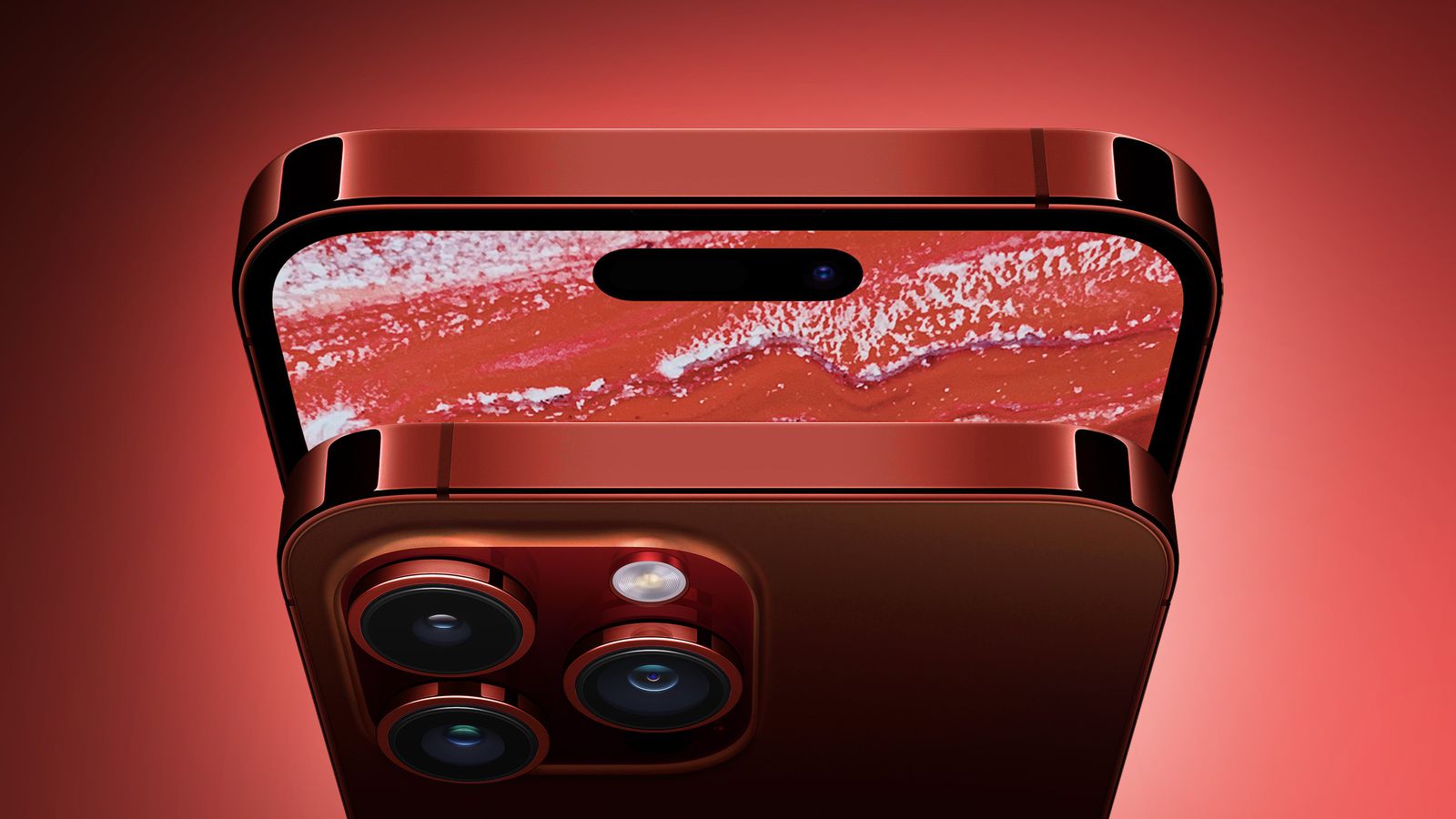
But before we get to that, it is definitely worth mentioning what an eSIM actually is and how it differs from a traditional SIM card (slot). As the name itself suggests, eSIM can be seen as an electronic form of a SIM card that does not have a physical form. On the contrary, it is directly integrated into a specific device without the need for any card replacement. In short, this is a fundamental shift forward, which brings with it certain benefits, but also disadvantages.
benefits
Free space and water resistance
As we mentioned above, the complete transition to eSIM brings with it a number of indisputable benefits. First of all, it is necessary to mention that by not having a physical SIM card slot, Apple can save a considerable amount of free space. Although SIM cards as such are not the largest, literally every millimeter of free space in the insides of the phone plays a very important role. The given place can subsequently be used for other purposes, for example for specific chips or co-processors, which can generally increase the quality of the device. This is partly related to better water resistance. In this regard, every opening facing the inside of the device represents a potential risk of water ingress.
Security
In connection with the benefits of eSIM, security is most often discussed. There are a number of situations in which eSIM significantly outstrips the capabilities of traditional (physical) SIM cards. For example, if you lose your device or it is stolen, the other person can easily pull out the SIM card and throw it away in an instant, thus having a practically "free" device in front of them (if we ignore the security of the phone as such, the connection with Apple ID or the iCloud activation lock ). Likewise, many people use a form of SMS messaging for two-factor authentication. By obtaining the device, or rather its SIM card, the attacker opens the door to unprecedented possibilities, as he suddenly has a fully functional phone at his disposal for the necessary verification.

In the case of eSIM use, however, it is not so simple. The original owner has constant access to the eSIM through his operator, and if the aforementioned loss or theft occurs, he does not leave the attacker the opportunity to deactivate it in any way. Since it cannot be removed like a traditional physical SIM card, the device also becomes continuously traceable by the operator, which can make it significantly easier to find. Especially in combination with the native Find service.
There is no risk of physical damage
As we have already mentioned, the eSIM does not have a physical form and therefore enters the device via software. Thanks to this, there is no risk of damage to it, as is the case with a physical card. If it is damaged, for example by improper handling, you can run into a very unpleasant problem that will suddenly leave you without a phone number and without a connection to the mobile network. Such a problem must be solved by agreement with the operator, in the best case, by an immediate visit to the branch to exchange the SIM card.
It could be interest you
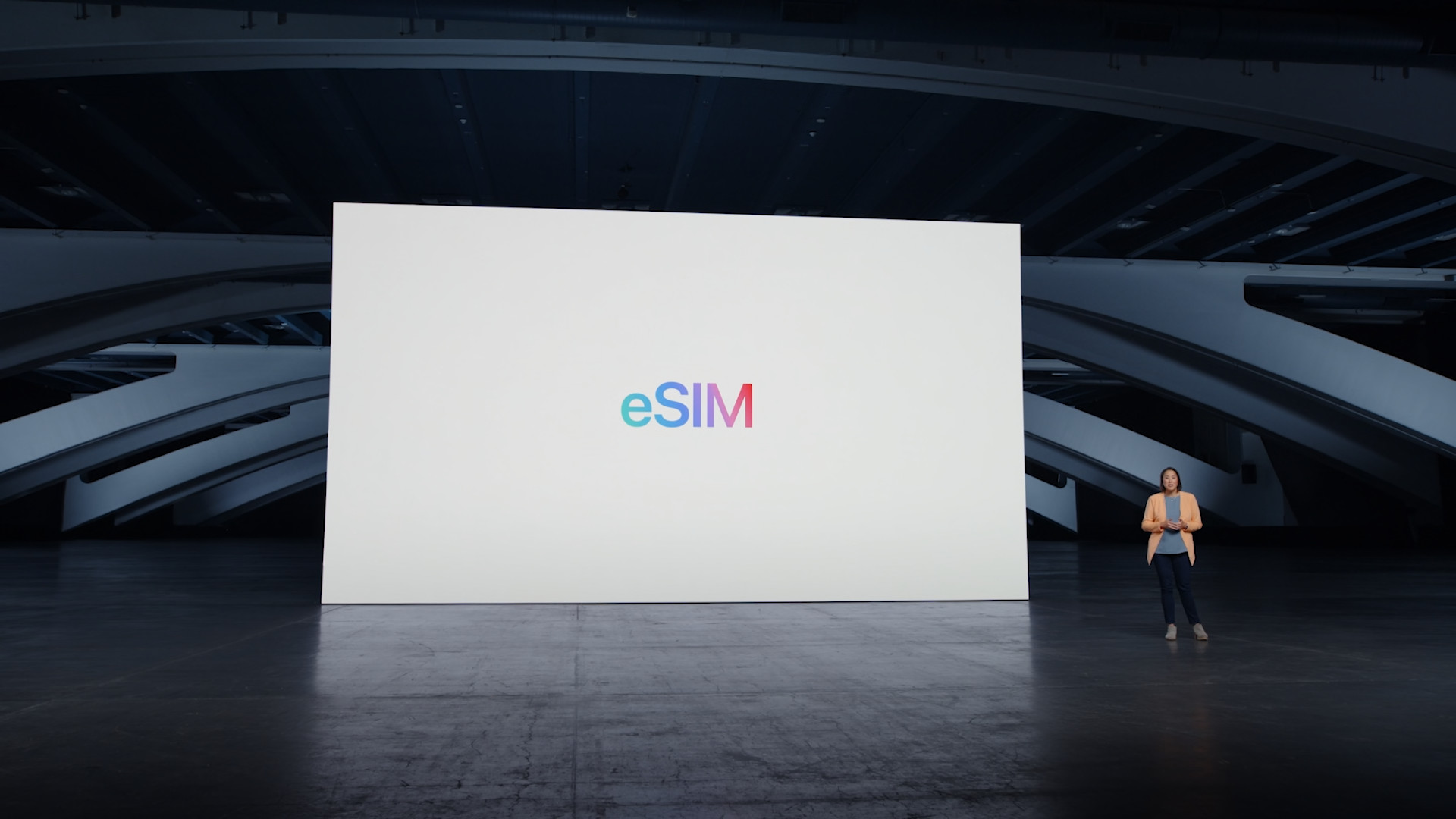
Disadvantages
On paper, transferring individual eSIMs from one device to another is significantly easier, to the point where it could be considered a benefit. But the truth is rather the opposite - transferring an eSIM from one device to another can be quite problematic. In this regard, users are dependent on a specific operator and its options, which can either make the whole matter easier or, on the contrary, unpleasantly complicated. It is for this reason that in some cases a physical SIM card is a more acceptable option. Simply pull it out and transfer it to another device.
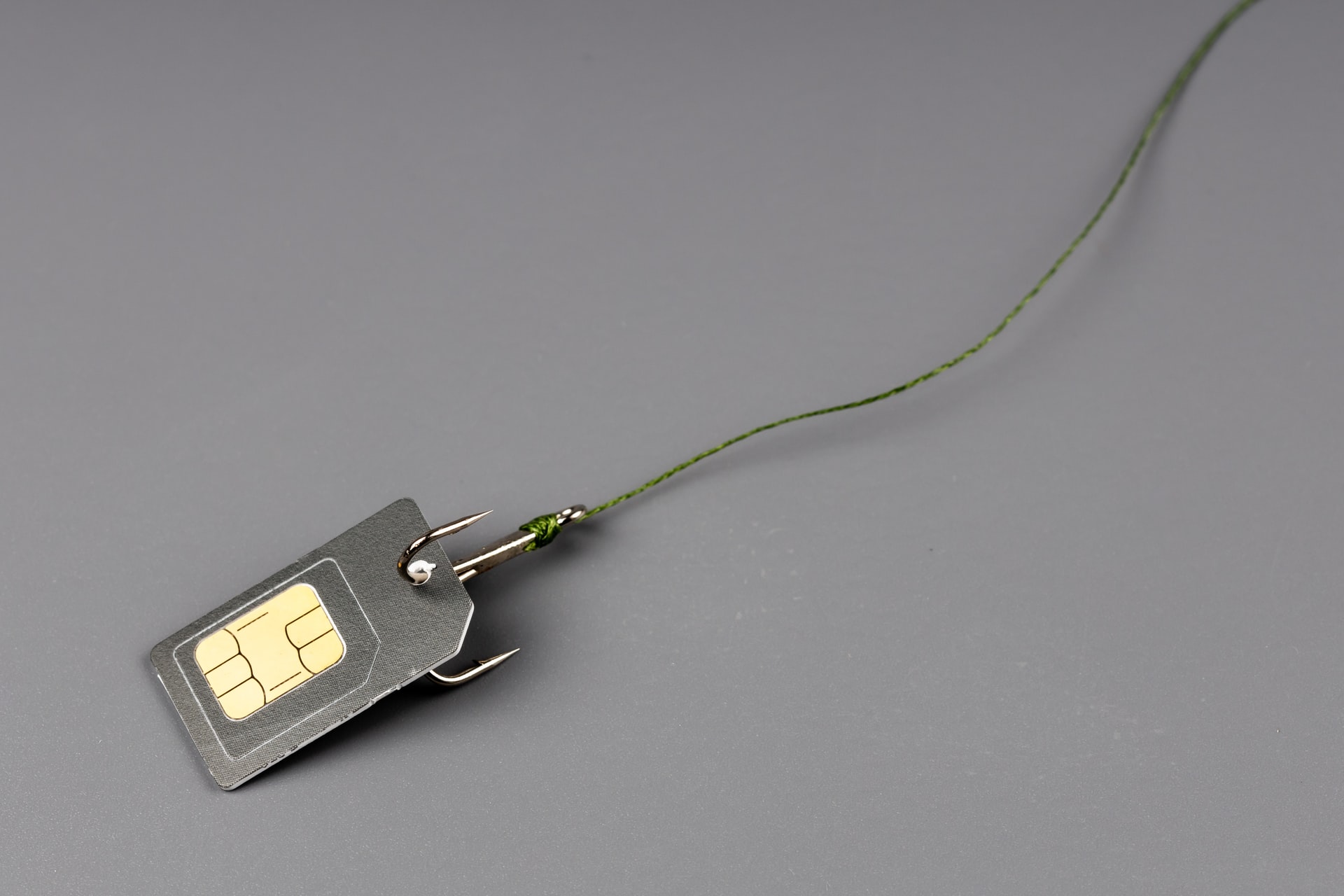
It is very similar in the case of eSIM exchange within one device. Although modern mobile phones can store up to 8 eSIM cards (no more than two can be active), we still end up with the same problem again. On paper, eSIM clearly leads, but in reality the user is dependent on his mobile operator. This can also lead to overall problems with activating eSIMs, transferring them or transferring them.
It could be interest you

 Flying around the world with Apple
Flying around the world with Apple 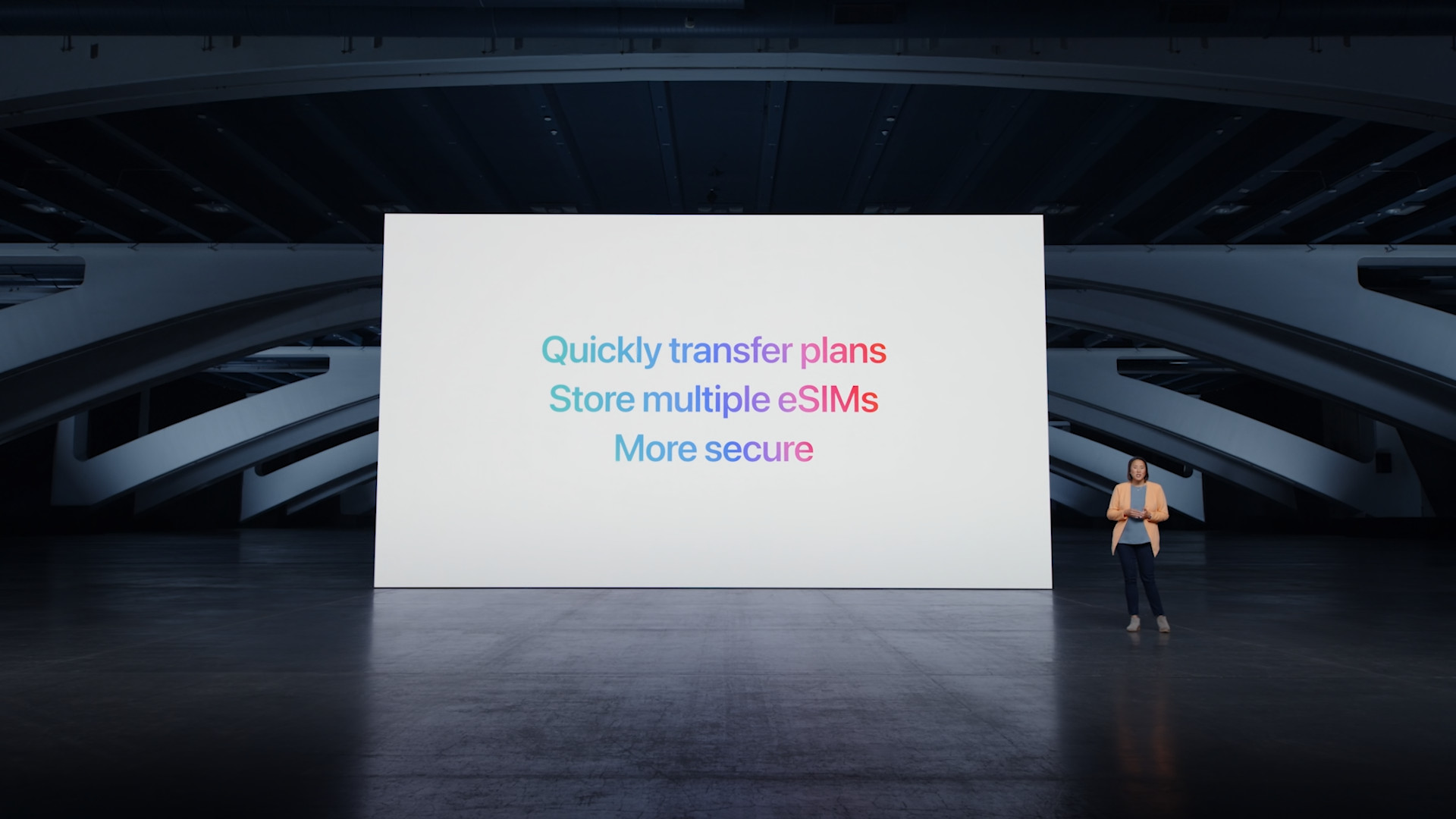


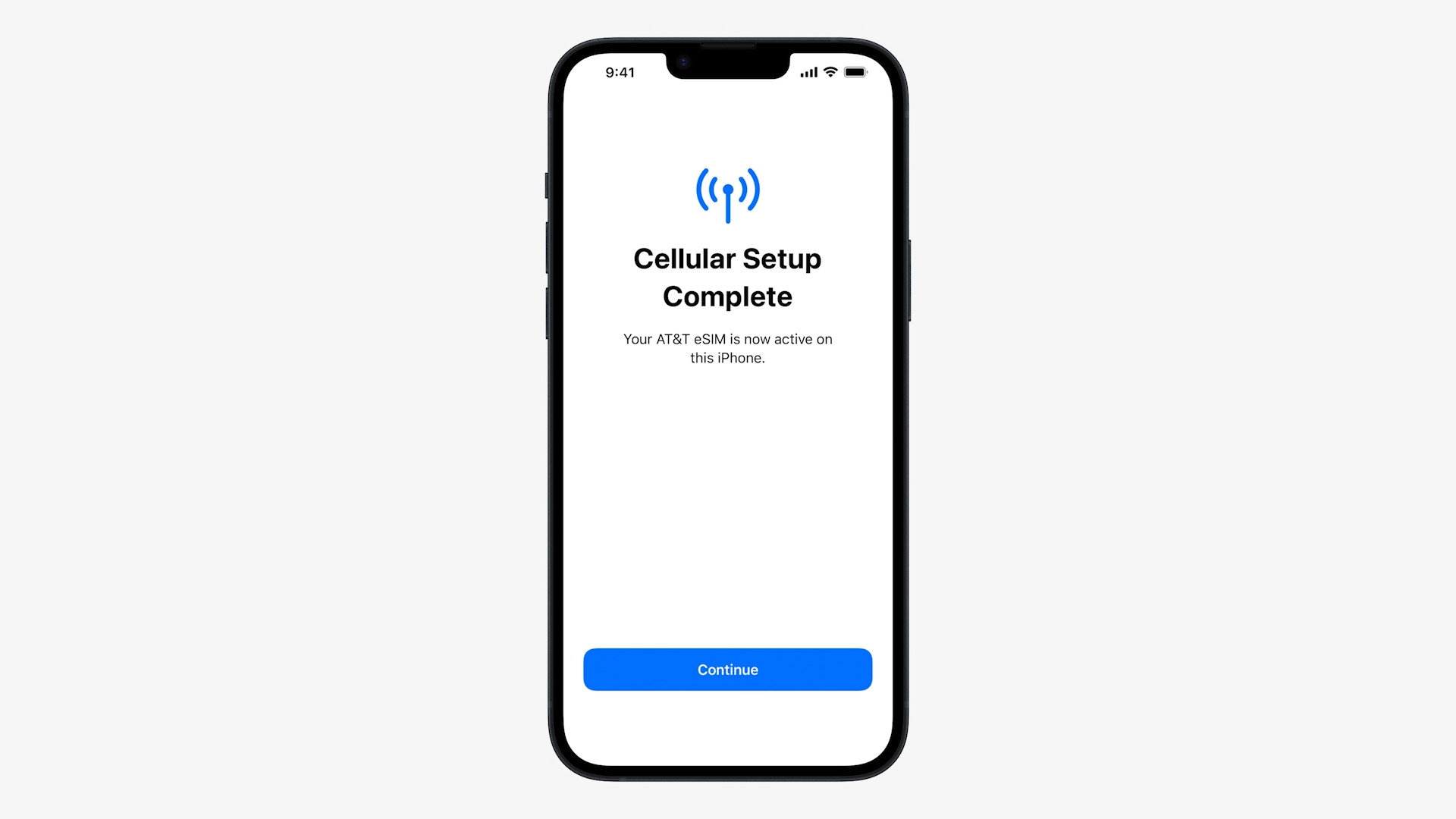
 Adam Kos
Adam Kos
I can't imagine it with the shuffling, my operator sent me a QR code that I read on my iPhone, but what should I do when I change my phone? I have no idea whether to copy some code... or have the operator send the QR again... dear old SIM cards
That's right, I had problems with eSim once and for all, I don't want it anymore. This will cause Apple to lose many users.
It's absolutely simple. You deactivate the eSim, you activate the new one in the new phone via the operator's application. A matter of 3 minutes. I just did it like that 😁